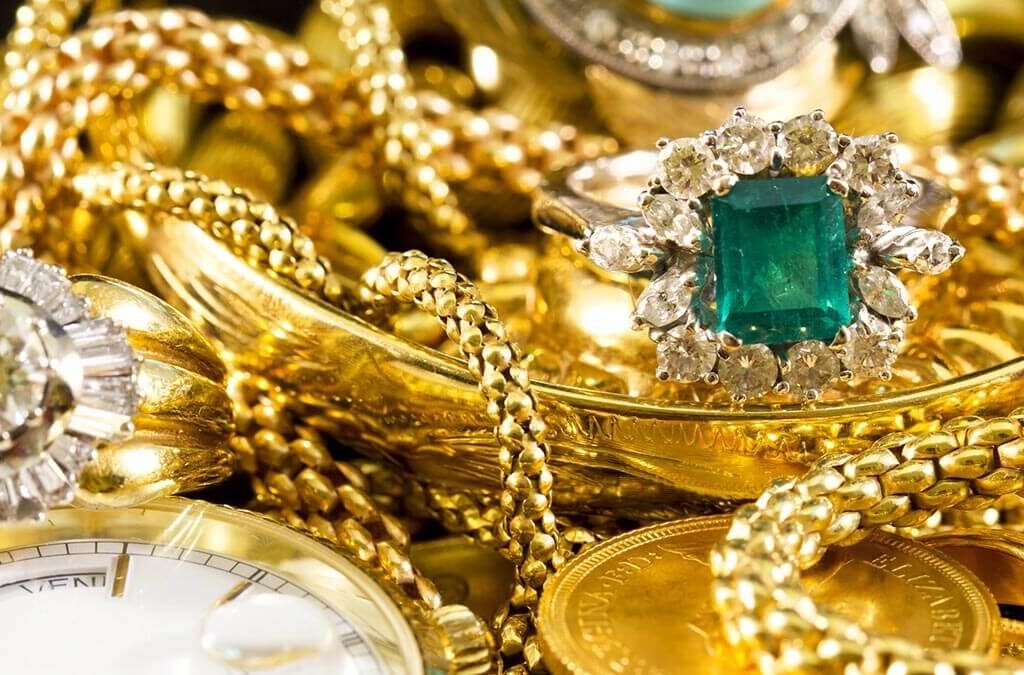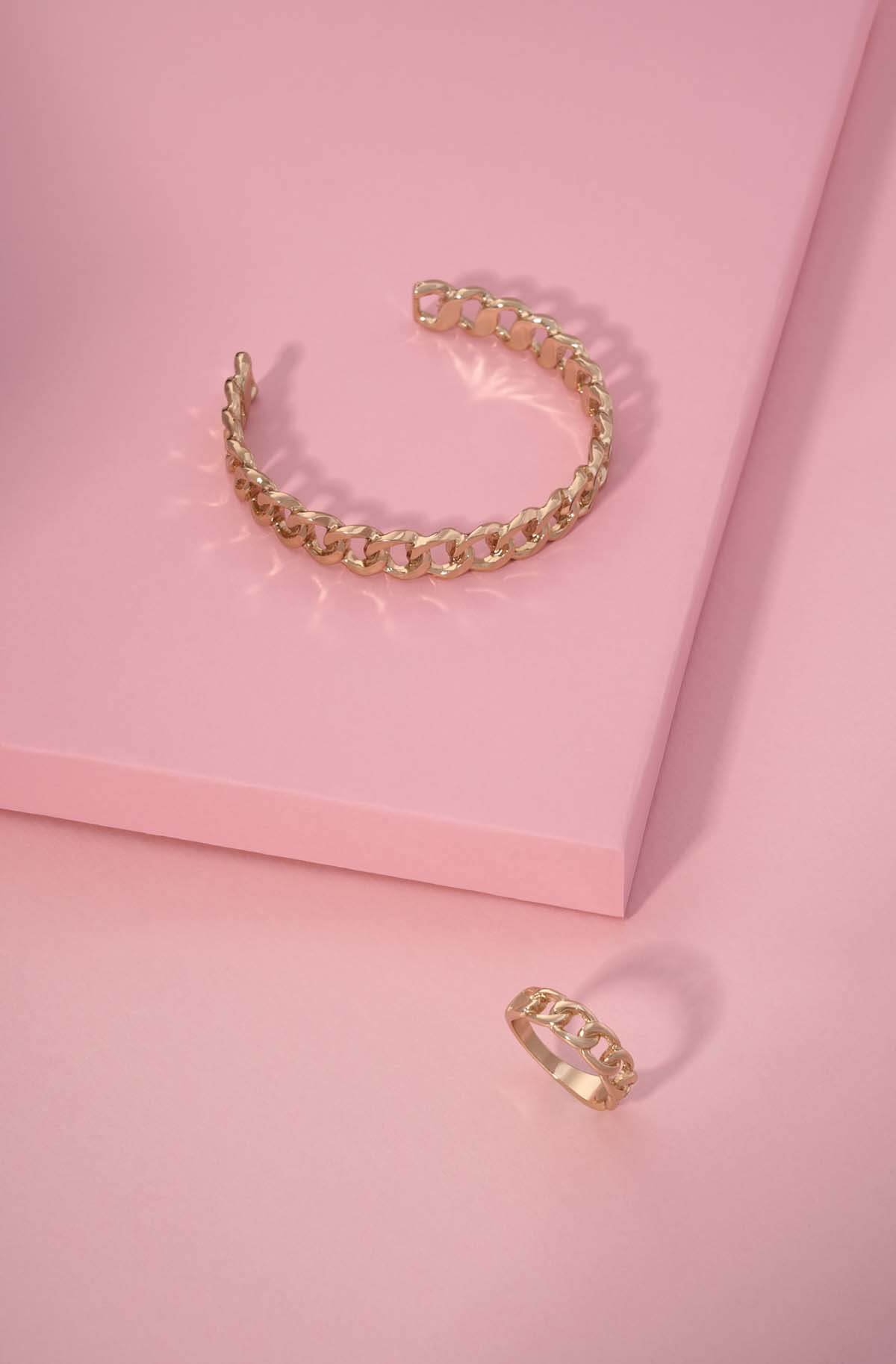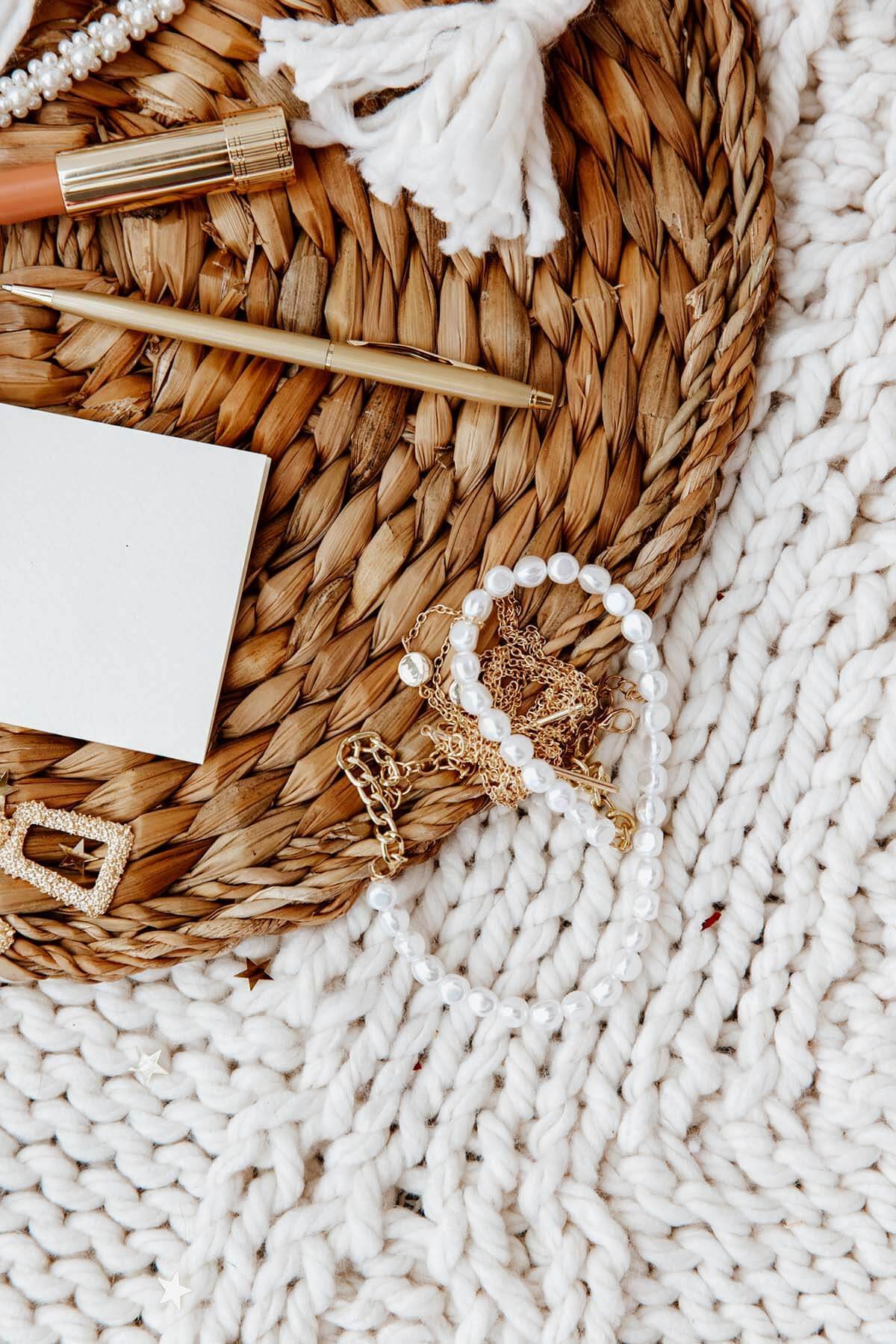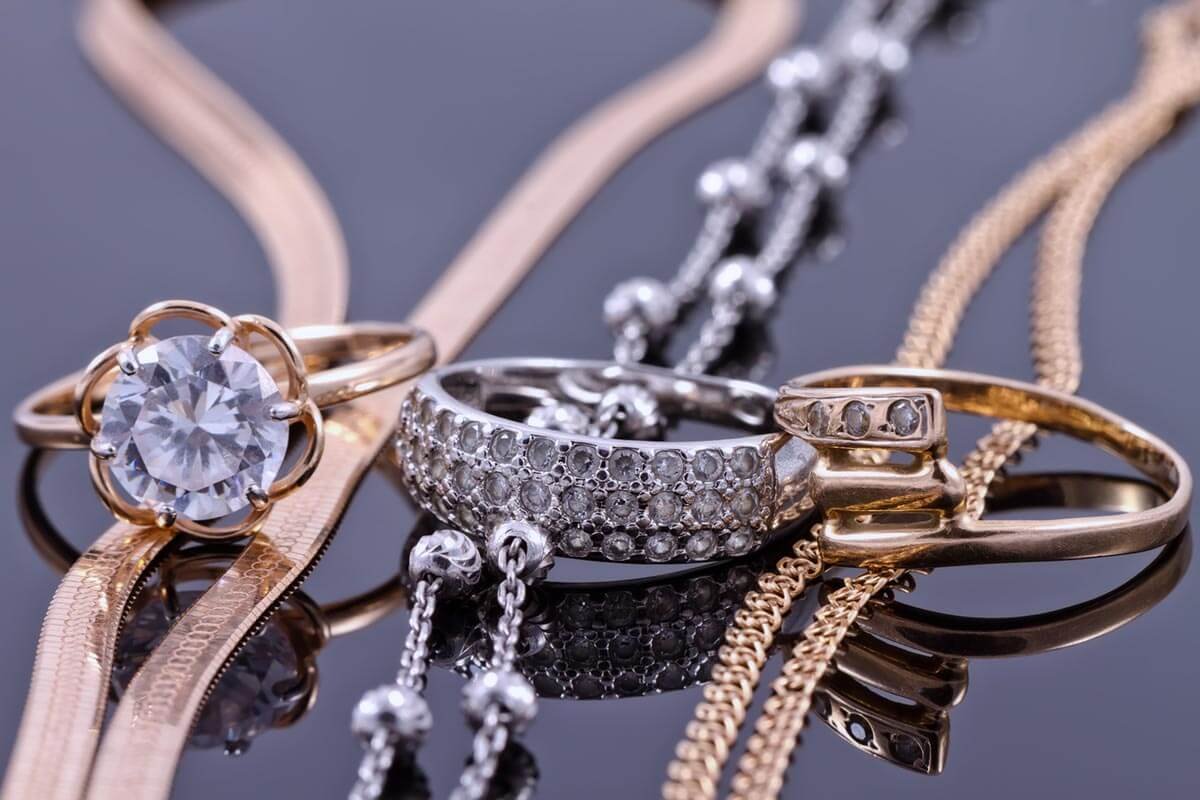Introduction
Jewellery has long been a reflection of cultural and societal trends. In the United States, the evolution of jewellery has been particularly marked, mirroring changes in fashion, technology, and social attitudes. From the opulent designs of the 1920s to the minimalist trends of the 1990s, each decade has brought its own distinct style to the forefront. This article will explore how these trends have evolved over the years, offering a glimpse into the past while highlighting the enduring appeal of jewellery.
The story of American jewellery is one of constant innovation and adaptation. As we journey through the decades, we will see how historical events, technological advancements, and shifts in social norms have influenced jewellery design and consumption. From the rise of costume jewellery to the advent of personalisation and ethical sourcing, the evolution of jewellery in the USA is a fascinating tale of creativity and change.
In examining these trends, we will also consider how contemporary jewellers are drawing on the past to inform their designs. The resurgence of vintage styles and the blending of traditional craftsmanship with modern techniques are testament to the timeless nature of jewellery. As we look to the future, it is clear that the story of American jewellery is still being written, with new chapters that promise to be as vibrant and diverse as those that have come before.

The Sparkling 20s: A Decade of Opulence and Elegance
The 1920s, known as the Roaring Twenties, were a time of unprecedented prosperity and cultural change in the United States. This era saw the emergence of the flapper, a symbol of modern womanhood, characterized by her short hair, daring fashion, and a carefree attitude towards life. Jewellery of this period reflected the exuberance of the times, with extravagant pieces that were designed to make a statement.
Art Deco, a prominent design movement of the 1920s, greatly influenced jewellery styles. Characterized by geometric shapes, bold colours, and lavish ornamentation, Art Deco jewellery was both modern and sophisticated. Long pearl necklaces, ornate headbands, and intricately designed brooches were all the rage, embodying the glamour and luxury of the era. The use of new materials and techniques, such as platinum and filigree work, further enhanced the beauty and allure of these pieces.
The economic prosperity of the 1920s also led to increased accessibility to fine jewellery, with more people able to indulge in luxury items. This period marked the beginning of the American jewellery industry’s rise to prominence, setting the stage for the diverse and dynamic trends that would follow in the decades to come.
The Practical 40s and 50s: Function Meets Fashion
The 1940s and 1950s were marked by significant global events, including World War II and its aftermath. These events had a profound impact on jewellery trends in the United States, with practicality and functionality becoming key considerations. During the war years, metal rationing led to a shift towards smaller, less ornate pieces, and women often opted for jewellery that was both stylish and functional.
The post-war era saw a return to femininity and elegance in fashion and jewellery. Pearls, in particular, became a symbol of refined beauty and were a popular choice for necklaces, earrings, and bracelets. The 1950s also witnessed the rise of Hollywood glamour, with movie stars like Elizabeth Taylor and Marilyn Monroe influencing jewellery trends. Their love for diamonds and other precious stones led to a surge in popularity of statement pieces that exuded luxury and sophistication.
Despite the emphasis on elegance, the 1950s also saw the beginning of a more democratic approach to jewellery. Costume jewellery, made from non-precious materials, became increasingly popular, allowing a wider audience to participate in fashion trends. This period laid the groundwork for the more inclusive and diverse jewellery industry that would emerge in the following decades.
The Revolutionary 60s and 70s: Symbols of Freedom and Rebellion

The 1960s and 1970s were a time of significant social and cultural change in the United States, with movements for civil rights, women’s liberation, and peace shaping the nation’s consciousness. Fashion trends during these decades reflected the spirit of rebellion and the desire for personal expression. Young people, in particular, embraced unconventional styles and materials, using jewellery as a means to challenge traditional norms and make bold statements.
In the 1960s, the hippie movement brought about a surge in the popularity of natural and handmade pieces. Beads, feathers, and leather were commonly used in necklaces, bracelets, and headbands, reflecting the era’s connection to nature and rejection of materialism. Psychedelic colours and patterns were also a hallmark of 1960s jewellery, mirroring the broader cultural fascination with experimentation and self-discovery.
The 1970s continued the trend of using jewellery as a form of self-expression, with an emphasis on individuality and craftsmanship. Artisanal pieces, often made from silver, wood, and semi-precious stones, were highly sought after. The decade also saw the rise of unisex pieces, as gender norms began to shift and both men and women embraced more fluid styles. Iconic designs from this period, such as chunky rings, wide bracelets, and long pendant necklaces, remain influential in contemporary jewellery design.
The Flashy 80s: Bold Statements on the Rise
The 1980s were characterized by an ethos of excess and flamboyance, and this was reflected in the fashion trends of the time. The decade saw a return to conspicuous consumption, with large, eye-catching pieces becoming a staple of fashion. Gold chains, oversized earrings, and statement necklaces were all popular, often adorned with an abundance of gemstones and diamonds.
The influence of pop culture was significant during the 1980s, with music icons like Madonna and Prince setting trends with their distinctive styles. Jewellery became a key element of the decade’s iconic looks, with layered necklaces, multiple bracelets, and bold brooches adding to the overall aesthetic of glamour and opulence.
Technology also played a role in shaping jewellery trends during the 1980s. Advances in manufacturing techniques allowed for the creation of more intricate designs and the use of a wider variety of materials. This led to an explosion of creativity in the jewellery industry, with designers pushing the boundaries of traditional forms and experimenting with new styles and concepts.
The Minimalist 90s: Understated Elegance

The 1990s marked a departure from the extravagance of the previous decade, with a shift towards minimalism and understated elegance. Jewellery designs became simpler, with clean lines and a focus on quality materials. The classic solitaire diamond ring, for example, gained renewed popularity as a symbol of refined taste and sophistication.
The rise of the grunge movement and alternative fashion also influenced jewellery trends, with a preference for more subdued and edgy pieces. Leather bands, chokers, and simple silver jewellery were emblematic of this style, reflecting the decade’s rebellious spirit and desire for authenticity.
The 1990s also saw the beginning of a more conscious approach to jewellery, with an increasing awareness of ethical sourcing and sustainability. Consumers began to seek out pieces made from recycled materials or crafted by artisans using traditional techniques. This shift towards responsible consumption would continue to gain momentum in the following decades, shaping the future of the jewellery industry.
The 2000s: The Digital Age and Personalisation
The turn of the millennium ushered in the digital age, which had a profound impact on the jewellery industry. The rise of e-commerce made a wide variety of styles and designs more accessible to consumers, while social media platforms allowed for greater exposure to emerging trends and designers. Personalisation became a key theme, with shoppers seeking unique pieces that reflected their individuality. Customisable options, such as engraved messages or the ability to choose specific gemstones, became increasingly popular.
Technology also influenced the design and production of bling. Advances in 3D printing and computer-aided design (CAD) allowed for more intricate and complex creations. This era saw the emergence of new materials in jewellery making, such as titanium and carbon fiber, which offered both durability and a modern aesthetic. The 2000s also marked the beginning of the “smart jewellery” trend, with wearable technology integrating into accessories for both function and fashion.
The early 2000s continued the minimalist trend from the 90s but gradually moved towards more eclectic and bold styles. Layering became a popular way to wear jewellery, with individuals mixing and matching different pieces to create a personalised look. Statement necklaces, oversized rings, and chunky bracelets became fashionable once again, reflecting a return to the more expressive styles of earlier decades.
Jewellery Today: A Blend of Past and Future

Contemporary jewellery trends represent a fusion of past influences and futuristic designs. There is a growing appreciation for vintage and antique pieces, with consumers seeking out jewellery that has a story or historical significance. At the same time, modern technology is being used to create innovative designs that push the boundaries of traditional jewellery making.
Sustainability and ethical practices have become increasingly important in the jewellery industry. Consumers are more conscious of the environmental and social impact of their purchases, leading to a demand for ethically sourced materials and transparent supply chains. Jewellery brands are responding to this trend by adopting more sustainable practices, from using recycled metals and gemstones to supporting artisanal communities.
The influence of millennials and Gen Z is evident in the current jewellery landscape. These generations value authenticity, self-expression, and social responsibility, which is reflected in their jewellery choices. There is a trend towards more personalised and meaningful pieces, such as custom-made engagement rings or pieces with symbolic motifs. Additionally, the rise of gender-neutral designs indicates a move towards inclusivity and the breaking down of traditional gender norms in fashion.
Jewellery Across Ages: For Every Generation
Jewellery continues to be a universal form of expression, transcending age groups and demographics. For millennials, jewellery is often seen as a form of self-expression and individuality. They tend to favour unique, artisanal pieces that reflect their personal style and values. Social media platforms like Instagram and Pinterest play a significant role in influencing their jewellery choices, with trends spreading rapidly through these channels.
The older generation, on the other hand, tends to appreciate classic and timeless pieces. They often view jewellery as an investment or a cherished heirloom to be passed down through generations. Quality craftsmanship and traditional designs, such as pearl necklaces or gold brooches, remain popular among this demographic.
For the younger generation, including Gen Z, jewellery is a way to make a statement and stand out. They are drawn to bold, eclectic styles that challenge conventional norms. Sustainable and ethical jewellery is particularly important to this group, as they are more aware of the environmental and social impact of their purchases. Customisation and personalisation are also key trends, with younger consumers seeking pieces that reflect their individuality and creativity.
Jewellery for Everyone: The Rise of Gender-Neutral Designs
The jewellery industry is witnessing a significant shift towards inclusivity, with the rise of gender-neutral designs that appeal to a broader audience. This trend is driven by changing social attitudes towards gender identity and expression, as well as a growing demand for versatility in fashion. Gender-neutral jewellery often features clean lines, minimalist styles, and versatile designs that can be worn by anyone, regardless of gender.
Brands are increasingly embracing this trend, offering collections that blur traditional gender boundaries. Unisex rings, bracelets, and necklaces are becoming more common, reflecting a move towards a more inclusive approach to jewellery design. This shift not only caters to a wider market but also challenges the conventional norms of what jewellery should look like for men and women.
The popularity of gender-neutral pieces is also a reflection of the younger generations’ desire for individuality and self-expression. They are less concerned with adhering to traditional gender roles and more focused on finding pieces that resonate with their personal style and values. As a result, jewellery is becoming a more fluid and dynamic form of expression, adaptable to the wearer’s unique identity.
Choosing the Right Metal: From Classic Gold to Modern Alloys

The choice of metal is a crucial aspect of jewellery design, with each material offering its own unique properties and aesthetic appeal. Over the decades, various metals have risen and fallen in popularity, influenced by factors such as fashion trends, economic conditions, and technological advancements.
Gold has been a classic choice for centuries, prized for its beauty, durability, and symbolic value. It remains a popular choice for fine jewellery, with yellow gold enjoying a resurgence in recent years. However, the high cost of gold has led consumers and designers to explore alternative metals.
Silver, with its bright, reflective quality, has been a popular choice for both traditional and contemporary designs. It is more affordable than gold, making it accessible to a wider audience. Sterling silver, an alloy of silver and other metals, is commonly used in jewellery for its strength and durability.
Platinum and palladium are considered premium metals, known for their rarity and resistance to tarnish. They are often used in high-end jewellery, particularly for engagement rings and wedding bands. These metals have a natural white sheen, which enhances the brilliance of diamonds and other gemstones.
In recent years, there has been a rise in the use of alternative metals such as titanium, tungsten, and stainless steel. These materials are known for their strength, durability, and modern aesthetic. They are often used in contemporary jewellery designs, as well as in pieces that require a high level of wear resistance, such as men’s wedding bands.
Symbols in Jewellery: More Than Just Accessories
Jewellery has always been more than just a decorative accessory; it often carries symbolic meaning and personal significance. Throughout history, symbols in jewellery have been used to convey messages, express beliefs, and tell stories. From ancient amulets to modern charm bracelets, these symbols add depth and meaning to the pieces they adorn.
Religious symbols, such as crosses, the Star of David, or the Om symbol, are commonly incorporated into jewellery to express the wearer’s faith and spirituality. These pieces often serve as a reminder of personal beliefs and are worn as a form of protection or blessing.
Nature-inspired symbols, such as flowers, leaves, and animals, are popular in jewellery design, representing concepts such as growth, beauty, and strength. For example, the lotus flower is often used in jewellery to symbolize purity and enlightenment, while a lion may represent courage and power.
Personal symbols, such as initials, birthstones, and zodiac signs, allow individuals to customize their jewellery to reflect their identity and personal story. These pieces hold sentimental value and are often cherished as keepsakes or heirlooms.






